How does the slurry pump work?
Slurry pumps are essential devices used in various industries for handling abrasive and viscous fluids, known as slurry. They are designed to move mixtures of water, solids, and sometimes chemicals, making them ideal for applications such as mining, mineral processing, dredging, and wastewater treatment. Here's how slurry pumps work:

Impeller Rotation:
The heart of the slurry pump is the impeller, a rotating component with vanes or blades. When the pump is activated, the impeller starts rotating within the casing or volute, creating a centrifugal force.
Creation of Centrifugal Force:
As the impeller spins, it imparts energy to the slurry mixture, creating a centrifugal force that pushes the slurry outward towards the pump's casing.
Formation of a Low-Pressure Area:
As the slurry moves towards the casing due to centrifugal force, a low-pressure area or region of reduced pressure is formed at the center of the impeller.
Slurry Inflow:
Due to the low-pressure region at the impeller's center, slurry from the suction pipe or inlet is drawn into the pump.
Slurry Transport:
The slurry is then carried by the rotating impeller blades and accelerated towards the outer edges of the impeller.
Conversion of Kinetic Energy:
As the slurry moves through the impeller, its velocity increases, and the kinetic energy of the slurry particles rises.
Additional reading:Smooth Sailing with Three-Blade Propellers
A Quick Guide to Heavy-Duty Horizontal Slurry Pump
How does a hydraulic directional control valves work?
Key Questions and Answers About Auto Coil Springs
Everything You Need to Know to Find the Best Agricultural Oil Seals
Everything You Need to Know About Shaft Seals
How Copper Is Forged?
Conversion to Pressure Energy:
When the slurry reaches the outer edges of the impeller, the kinetic energy is converted into pressure energy. This process is known as centrifugal force conversion.
Discharge of Slurry:
As the slurry gains pressure energy, it is forced out through the discharge or outlet of the pump and into the pipeline or system, where it can be transported to its intended destination.
Check Valves:
In some slurry pump designs, check valves may be used to prevent the slurry from flowing back into the pump when it is not in operation, ensuring a one-way flow.
Repeat of the Process:
The process of impeller rotation, slurry inflow, conversion of kinetic energy to pressure energy, and slurry discharge continues as long as the pump remains operational.
Slurry pumps are built to handle highly abrasive and corrosive materials, and their design includes features such as wear-resistant materials and sturdy construction to withstand the harsh conditions in which they operate. Their ability to efficiently transport slurry with high solid content makes them vital components in industries where heavy-duty pumping is required.
In summary, slurry pump work by utilizing the rotational motion of an impeller to create a centrifugal force, drawing slurry into the pump and then accelerating and discharging it with increased pressure energy. This process allows for the efficient handling and transportation of abrasive and viscous fluids in various industrial applications.
Additional reading:How to choose oil seal for car?
What is medical injection molding?
What is the average lifespan of Water Well Drill Pipe?
Unlocking the Benefits of Spiral Bevel Gear Technology
Discover the Best Foam Clamping Crane Deals
Exploring the Power of Bevel Gears
Top 10 Cotton Bale Clamp FAQs: Your Ultimate Guide!
Previous: Maintenance and Care of Multistage Centrifugal Pumps
Next: Advantages and Applications of Plate Disposable Filters
Related Articles
If you are interested in sending in a Guest Blogger Submission,welcome to write for us!




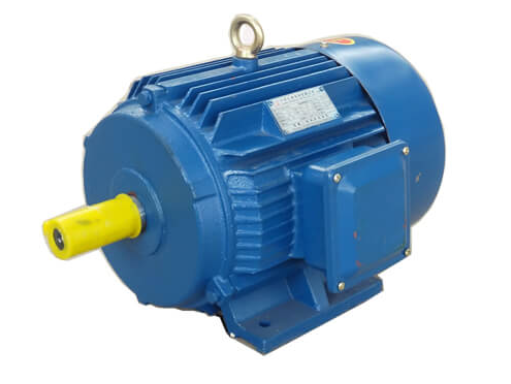
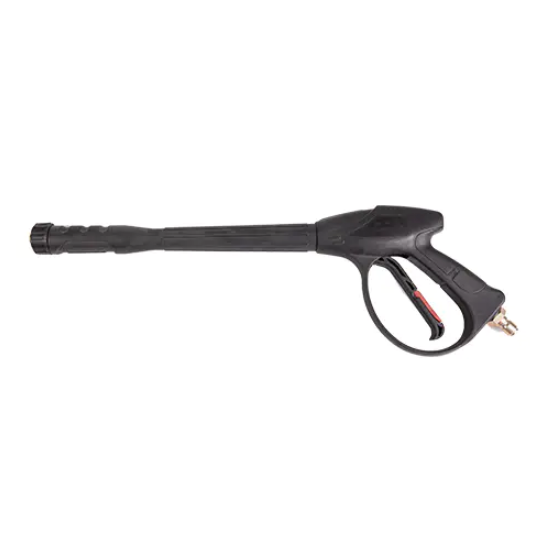
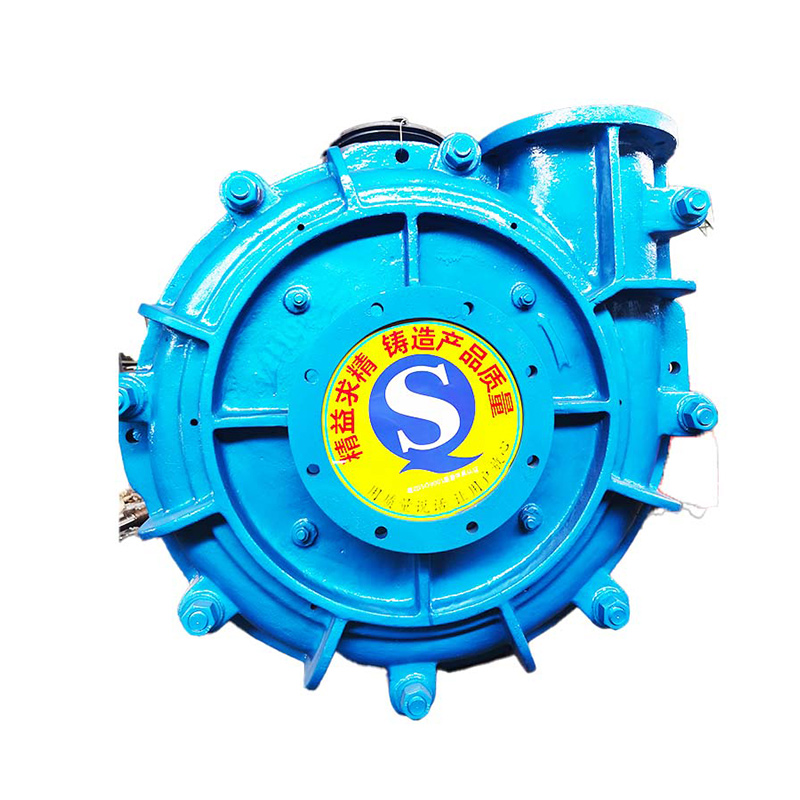
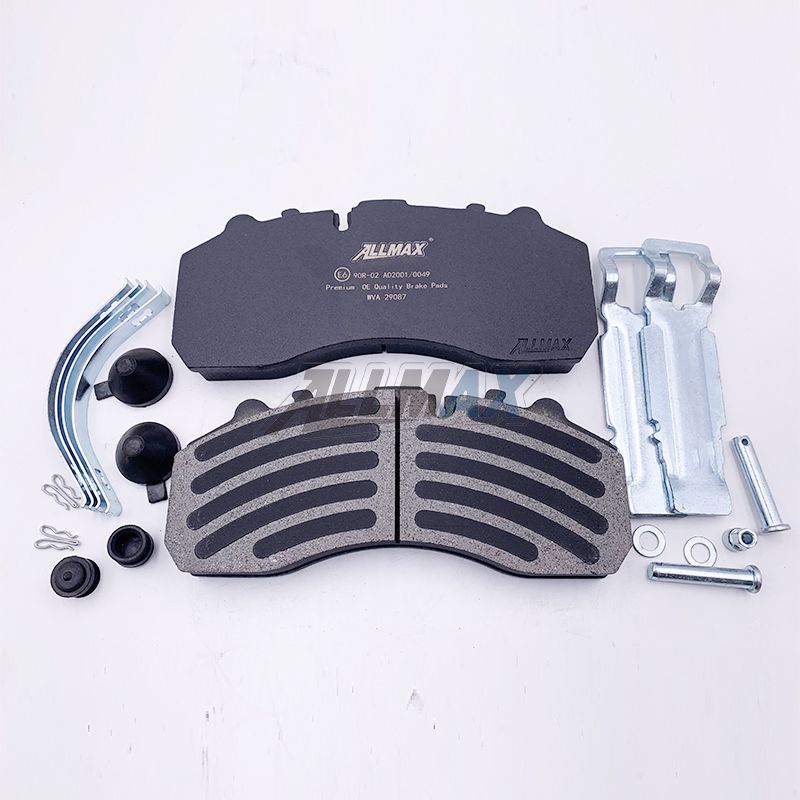
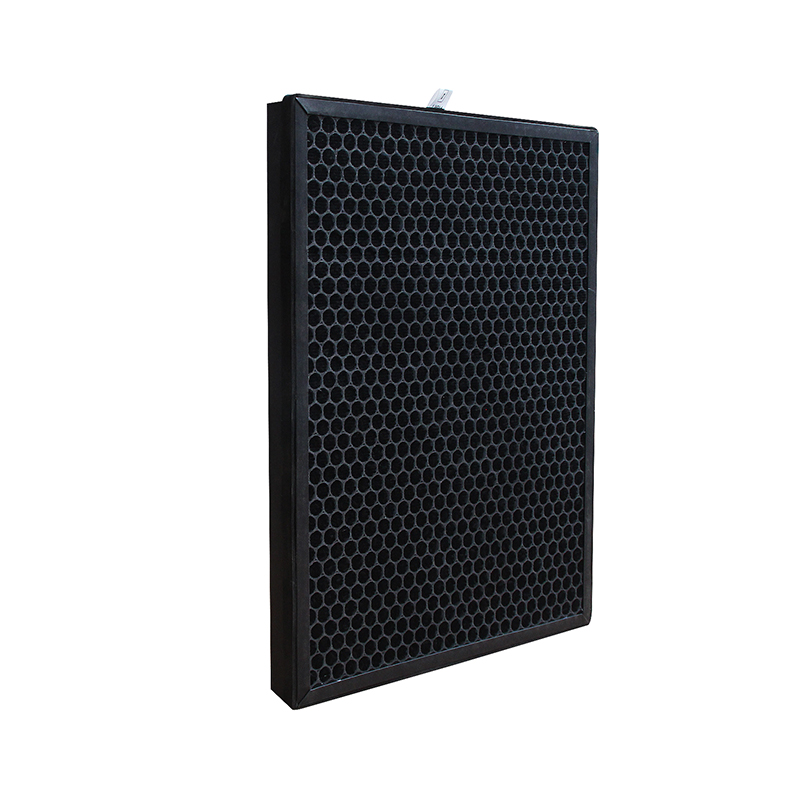
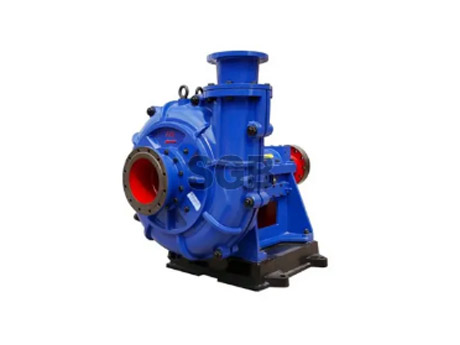
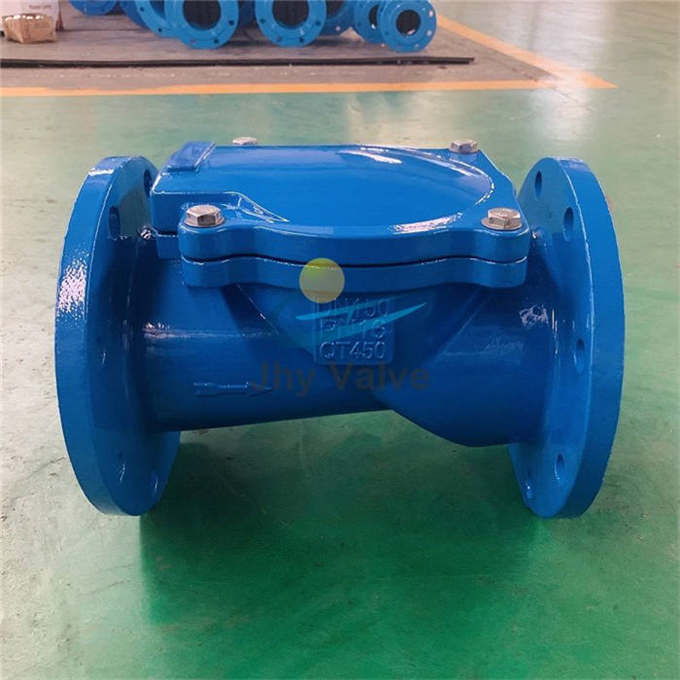
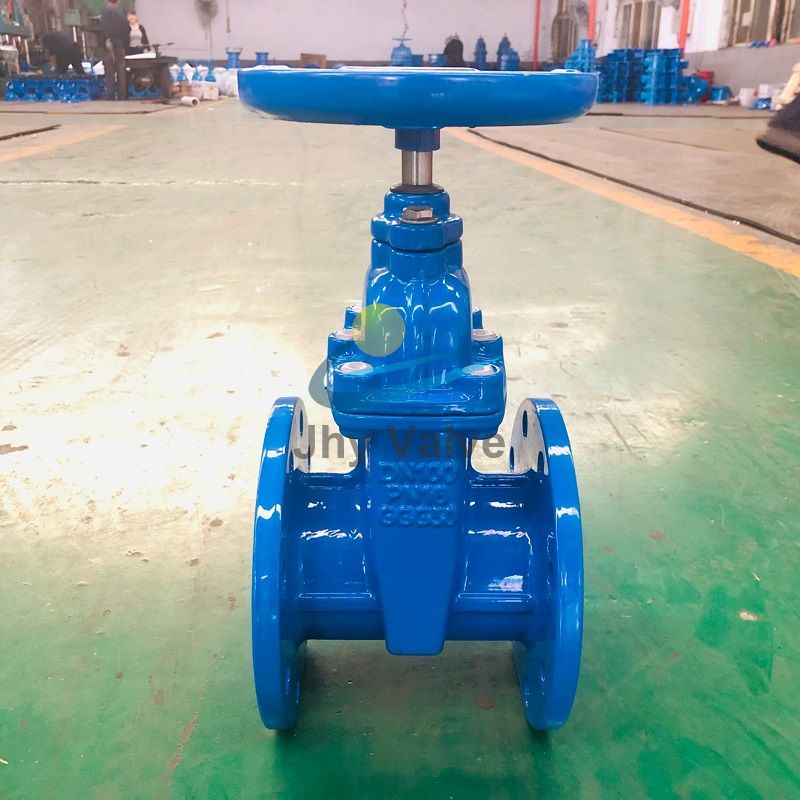
Comments
0